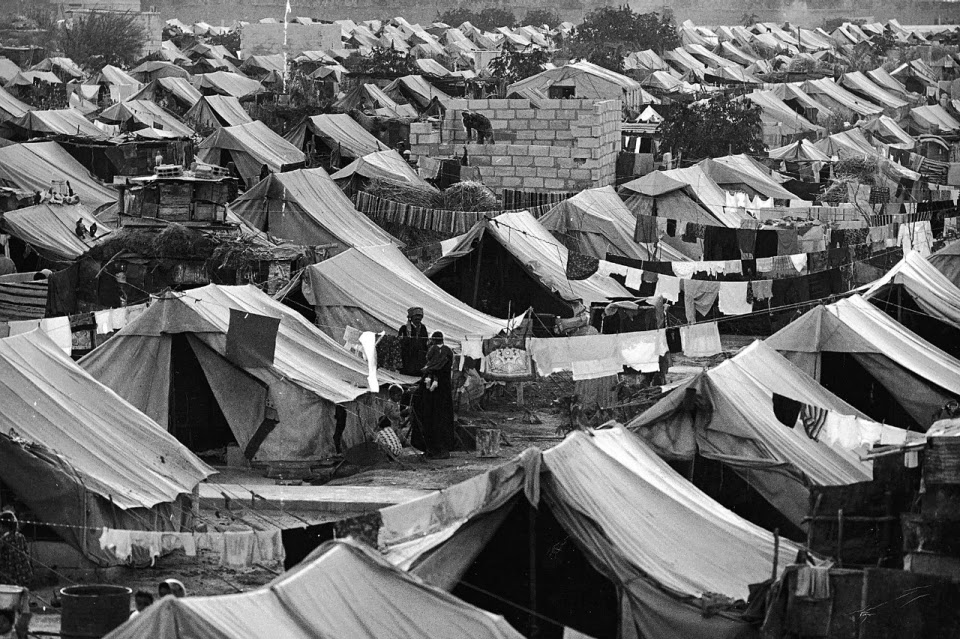the condition of living without permanent home or shelter and relying on temporary means of shelter.
According to a UN definition, ‘homeless household’’ refers to "households without a shelter that would fall within the scope of living quarters. They carry their few possessions with them sleeping in the streets, in doorways or on piers, or in any other space, on a more-or-less random basis.”[1] Other commentators have defined homelessness as the lack of access to secure and minimally adequate housing, variously described as rooflessness (living rough), houselessness (relying on emergency accommodation or long-term institutions), or inadequate housing (including insecure accommodation, intolerable housing conditions or involuntary sharing).[2]
In the United States, the Stewart B. McKinney Homeless Assistance Act of 1987, defined ‘‘homeless’’ to mean:
(1) An individual who lacks a fixed, regular, and adequate night-time residence; and
(2) An individual who has a primary night-time residence that is:
A supervised publicly or privately operated shelter designed to provide temporary living accommodations (including welfare hotels, congregate shelter, and transitional housing for the mentally ill);
An institution that provides a temporary residence for individuals intended to be institutionalized; or
A public or private place not designed for, or ordinarily used as, regular sleeping accommodations for human beings.[3]
The European Typology on Homelessness and Housing Exclusion (ETHOS) classifies homeless people according to their living situation:
- rooflessness (without a shelter of any kind, sleeping rough);
- houselessness (with a place to sleep but temporary in institutions or shelter)
- living in insecure housing (threatened with severe exclusion due to insecure tenancies, eviction, domestic violence);
- living in inadequate housing (in caravans on illegal campsites, in unfit housing, in extreme overcrowding).[4]
Many countries do not have official definitions of homelessness, except for the purpose of allocating land for housing. The criteria for determining "homelessness” could derive from four deficits in accommodation:
- Tenure,
- Shelter,
- Quality, or
- Permanence.
Thus, a tenure-based definition of homelessness in Peru and Zimbabwe would include only those persons who lack legal title to land or housing (property). That definition would include street dwellers and inhabitants awaiting legal title and "regularization.” However, it would exclude poorly housed formal tenure-holding inhabitants.
A shelter-based definition of homelessness in India and Ghana would cover those persons without a roof such as street dwellers. That definition would exclude people living in abandoned structures, under stairwells and other inadequate shelters having a roof. In India, a person may be eligible for assistance under land or housing allocation programs if not living in a "census house”; that is, structure with a roof that is counted as a house/unit of housing in the official census.
In South Africa, Egypt and Bangladesh, homeless persons may be considered to include also those inhabiting inadequate structures, such as cemeteries, rooftops, shacks, etc., but would exclude some squatters.
The Indonesia census of 200 distinguishes population as those having a permanent place of residence and those without. This categorization, perforce, mixes nomads, ship crews, house boat residents, as well as squatters and shelterless persons.[5]
[1] ‘‘Compendium of Human Settlement Statistics,’ Principles and recommendation for population and housing censuses (New York: United Nations, 1998), 50.
[2] Edgar, B., Doherty, J., and Mina-Coull, A. Services for Homeless People: Innovation and Change in the European Union (Bristol: The Policy Press, 1999), 2.
[3] The legislation also asserts that: "(3) This term does not include any individual imprisoned or otherwise detained under an Act of Congress or state law.” Priority: Home! The Federal Plan to Break the Cycle of Homelessness (Washington: US Government, 1994).
[4] Over the past few years, the FEANTSA expert Data Collection Working Group and the European Observatory on Homelessness have developed a European definition of Homelessness and housing exclusion (ETHOS) as a means of improving understanding and measurement of homelessness in Europe, and to provide a common “language” for transnational This typology was launched beginning 2005 and has been discussed at various national and local meetings/seminar. It is now being used for different purposes – as a framework for debate, for data collection purposes, for policy purposes, monitoring purposes, and in the media. It is important to note that this typology is an open exercise which makes abstraction of existing legal definitions in the EU member states. ETHOS is a “home”-based definition that uses the physical, social and legal domains to create a broad typology of homelessness and housing exclusion. (See http://feantsa.horus.be/code/en/pg.asp?Page=484.)
[5] These definitions are derived from the survey of homelessness in Graham Tipple and Suzanne Speak, "Definitions of homelessness in developing countries,” Habitat International 29 (2005) 337–52; and Tipple and Speak, "Homelessness in Developing Countries” (Newcastle: University of Newcastle upon Tyne, May 2003).



